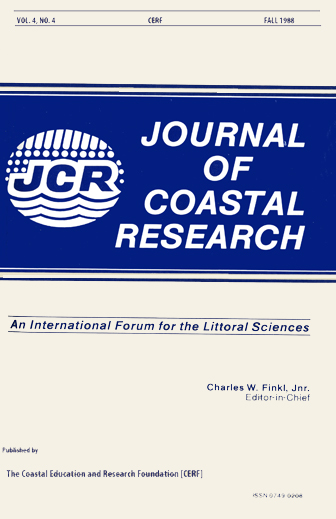The Morphology and Origin of Salt Marshes along the Glaciated Coastline of Maine, USA
Keywords:
Sea-level rise, salt marsh developments, coastal geomorphology, northern New EnglandAbstract
Systematic map and photo surveys of the abundance of tidal marshes, beaches, mudflats, bedrock outcrops, and other physical characteristics of the coastal environments of Maine show that four types of salt marsh can be differentiated on the basis of their origins and geomorphic settings; (1) Back-barrier Marshes; (2) Transitional Marshes; (3) Fluvial Marshes; and (4) Blufftoe Marshes. Transitional Marshes, which form as the ocean breaches freshwater bogs, and Bluff-toe Marshes, which form as the ocean erodes bluffs of glaciomarine sediment, have not previously been described in the literature. The differential development of these various types of marshes depends on sediment availability and exposure to wave energy; consequently, they are unevenly distributed along Maine's bedrock-defined coastal compartments. Tidal marshes are relatively scarce in areas of high (> 6m) tidal range that are experiencing rapid rates of sea-level rise, and more common in areas where tidal range and rate of sea-level rise are low. Maine's salt marshes may contribute large quantities of peat to nearshore environments today, as they erode on their seaward margins. However, their future is uncertain because coastal development and other human activities may influence their landward displacement and alter the tidal regime of the Gulf of Maine.


